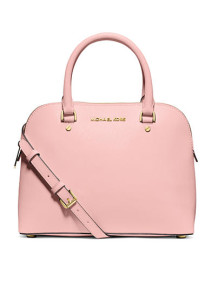 With the country still recovering from the effects of the Great Recession and many millennials dealing with heavy student loan debt, women are less likely to purchase luxury handbags than they were in the past.
With the country still recovering from the effects of the Great Recession and many millennials dealing with heavy student loan debt, women are less likely to purchase luxury handbags than they were in the past.
Millennials spend their money differently than members of older generations. Younger consumers tend to have more debt and are less likely to spend their money on luxury goods. Millennials spend most of their money on things like rent, cell phones, and services. People who are high earners but who do not buy luxury products can also be a threat to high-end brands. Luxury fashion houses may inadvertently alienate older consumers who have more money available to spend.
Some brands are finding their inventories rising as demand slows. Brands that were once sold at high prices are being bought at discounts online as consumers shy away from spending lots of money and instead look for good deals.
Some luxury goods makers, such as Michael Kors, have seen their profits slump. Offshoots of some popular brands, such as Kate Spade Saturday and Jack Spade, are not performing well.
The trend could be due to the fact that luxury brands have become more popular in recent years. Brands that sell their goods in outlets at discount prices often find that they lose their status as aspirational goods and become seen as more commonplace and accessible. Gaining widespread popularity can be especially problematic for brands that try to appeal to younger customers. Once everyone has products made by a fashion house, it is no longer considered trendy. Several brands, including Michael Kors, Juicy Couture, Jordache, and Coach, have experienced this phenomenon.
This trend can be seen in Coach’s performance. The company’s sales fell, even as shares rose. CEO Victor Luis believes this is because the brand cut back on flash sales. Buying shoe brand Stuart Weitzman helped somewhat.

Leave a Reply